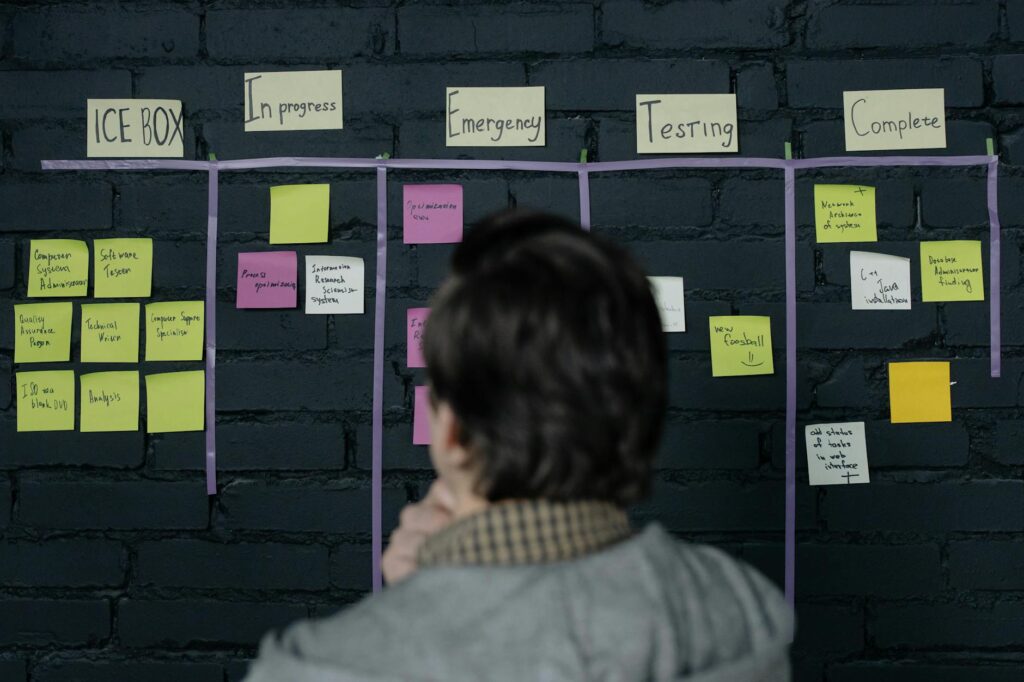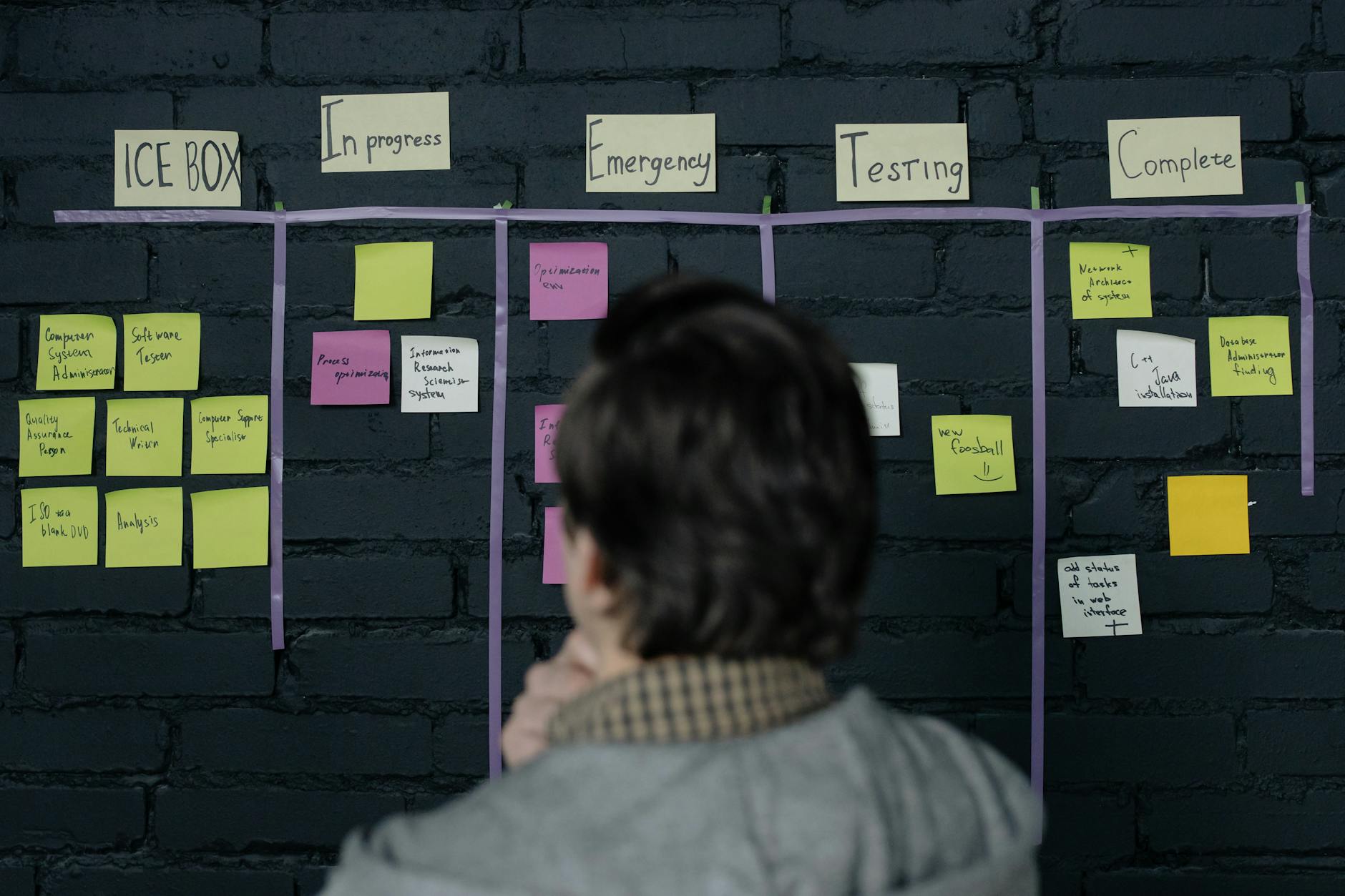What is priority management frameworks?

What is priority management frameworks?
In today’s fast-paced world, managing priorities effectively can make or break our productivity. Priority management frameworks are structured approaches to help individuals and organizations prioritize tasks, ensuring that efforts are focused on what truly matters. By adopting these frameworks, we can navigate our daily responsibilities with clarity and confidence, ultimately enhancing our time management skills and boosting productivity.
Understanding Priority Management Frameworks
Priority management frameworks are methodologies designed to assist in organizing tasks based on their importance and urgency. The primary goal of these frameworks is to enable users to discern which tasks require immediate attention and which can be scheduled for later. They serve as guides, helping to streamline workflows and optimize resource allocation, whether in personal life or within an organization.
The Core Components of Priority Management Frameworks
At the heart of any effective priority management framework are a few key components:
- Task Identification: Recognizing what needs to be accomplished.
- Categorization: Grouping tasks based on urgency and importance.
- Evaluation: Assessing the impact of each task on our goals.
- Action Planning: Developing a strategy to tackle tasks in a prioritized manner.
Each of these components plays a crucial role in ensuring that we are not just busy, but productive.
Benefits of Implementing Priority Management Frameworks
The advantages of using priority management frameworks extend far beyond merely organizing tasks. Here are some key benefits:
- Enhanced Focus: By clearly defining priorities, we can concentrate on high-impact tasks.
- Reduced Stress: Knowing what to tackle first can lessen the overwhelm often felt when juggling multiple responsibilities.
- Improved Efficiency: Streamlining our workflow allows us to accomplish more in less time.
- Better Goal Achievement: A structured approach helps in aligning tasks with our long-term objectives.
These frameworks are essential tools for anyone looking to improve their productivity and effectiveness.
Popular Priority Management Frameworks
There are several widely recognized priority management frameworks that have stood the test of time. Let’s explore a few of the most effective ones.
Eisenhower Matrix
The Eisenhower Matrix is a task management tool that helps you organize tasks into four quadrants based on their urgency and importance. The four categories are:
- Urgent and Important: Do these tasks immediately.
- Important but Not Urgent: Schedule these tasks for later.
- Urgent but Not Important: Delegate these tasks if possible.
- Neither Urgent nor Important: Eliminate or postpone these tasks.
This matrix is a powerful way to ensure that critical tasks receive the attention they deserve without getting bogged down by less significant activities. For a deeper dive into this method, check out The Eisenhower Matrix: How to prioritize your to-do list.
ABC Priority Method
The ABC Priority Method breaks down tasks into three categories:
- A Tasks: Must be done today.
- B Tasks: Should be done soon but are less urgent.
- C Tasks: Can be done later and are the least important.
This method helps you focus on tasks that require immediate action while keeping an eye on what’s still important. For more information on this technique, visit ABC method time management.
Pareto Principle (80/20 Rule)
The Pareto Principle, also known as the 80/20 Rule, posits that roughly 80% of results come from 20% of efforts. This principle encourages us to focus on the vital few tasks that yield the most significant outcomes. Understanding this rule can dramatically shift how we allocate time and resources. Learn more about it from Understanding the Pareto Principle (The 80/20 Rule).
Implementing a Priority Management Framework in Daily Life
Integrating a priority management framework into your daily routine is more than just theory; it requires practical steps. Here’s how to get started:
Evaluating Your Tasks
To effectively manage priorities, start by listing all your tasks. Once you have a comprehensive overview, categorize them using one of the frameworks discussed above. Ask yourself:
- What needs my attention first?
- Which tasks align with my long-term goals?
- Are there tasks that can be delegated or eliminated?
By critically assessing your tasks, you’ll gain clarity on where to focus your efforts.
Creating a Flexible Schedule
Once you’ve prioritized your tasks, create a schedule that reflects these priorities. Use your preferred method—whether it’s a digital calendar or a paper planner. Remember, flexibility is key. Life is unpredictable, and your schedule should accommodate adjustments. Make room for unexpected tasks while ensuring that high-priority items are front and center.

Photo by cottonbro studio
Conclusion
Priority management frameworks are invaluable tools that empower us to take control of our time and tasks. By understanding and implementing these frameworks, you can enhance your productivity and make meaningful progress toward your goals. Whether you choose the Eisenhower Matrix, the ABC Priority Method, or the Pareto Principle, the key is to find what works best for you. So, take the plunge—adopt a priority management framework today and watch your productivity soar!